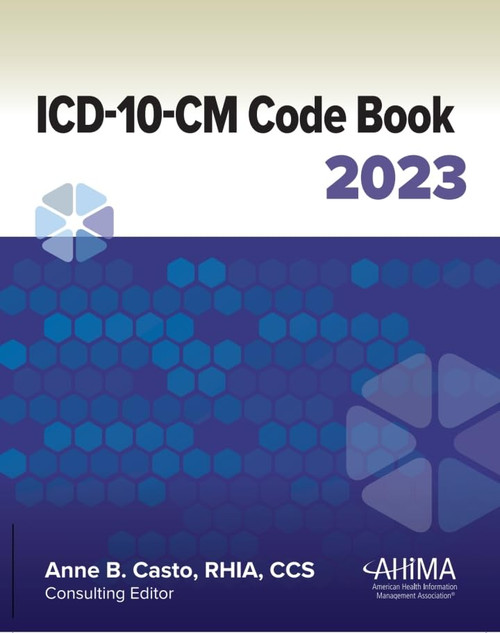The ICD-10-CM and ICD-10-PCS Coding Handbook is the only guide published in collaboration with the Central Office on ICD-10-CM/PCS (formerly Central Office on ICD-9-CM) of the American Hospital Association. ICD-10-CM and ICD-10-PCS are the HIPAA code sets that replaced ICD-9-CM in the U.S. on October 1, 2015.
Handbook content reflects 2017 versions of the Official Guidelines for Coding and Reporting as well as AHA Coding Clinic for ICD-10-CM and ICD-10-PCS content published through May 2017. The handbook s format and style of presentation follows that of previous editions inspired by the Faye Brown approach to coding instruction. The text leads students to logical answers and provides primary supporting sources. This logical approach has enabled the Handbook to become the most popular textbook for hospital and physician office coder training.
Each chapter includes an overview that highlights important points, as well as learning outcomes and terms to know features that help readers understand and absorb new information. A Remember... feature provides sidebar comments or facts that alert readers to special information or perspectives. Expanded indexes enhance the speed of finding and applying new information.
Scores of Exercises and Quizzes
The Handbook contains more than 200 updated in-chapter exercises, case examples, and final review questions. All exercises are presented in clear, technically correct language that progresses from easy to more difficult.
Appendix C contains a complete workbook of case-summary exercises for more advanced practice. The case-summary exercises are based on actual health records and require readers to consider the patient s condition as well as medical history, reason for admission or encounter, laboratory results, procedures performed, and the diagnoses listed. Readers must apply pertinent coding principles and official coding guidelines in making code assignments and designating the principal diagnosis and procedure for each episode of care.
More than 50 four-color illustrations of anatomy and common disorders and procedures make it easier for readers to remember and absorb complex information. Additional appendixes explaining reimbursement methodologies and present on admission indicators will be especially valuable to new students.
ICD-10-CM and ICD-10-PCS Coding Handbook, without Answers, 2018 Rev. Ed.
$38.80 - $54.95
- UPC:
- 9781556484339
- Maximum Purchase:
- 3 units
- Binding:
- Perfect Paperback
- Publication Date:
- 2017-08-28
- Author:
- Nelly Leon-Chisen
- Language:
- english
- Edition:
- 2018 Rev. Ed.










